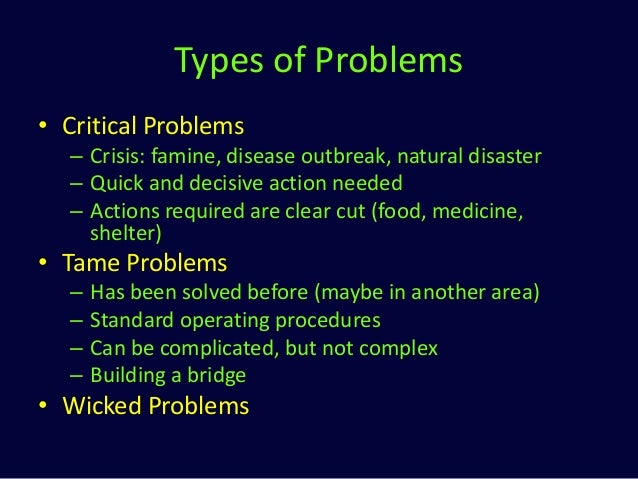
Charles Rosen Forma Sonata Pdf Merge
Musical Language. Performance Practice. Sonata de 6 tono punto bajo. Ecclesiastical movement to combining folk dances with religious music).®' Also. '^Charles Rosen, The Classical Style: Haydn, Mozart, Beethoven (New York: W.W. Tradition without Convention: The Impossible Nineteenth-Century Project CHARLES ROSEN. In a sonata form, we.
When I picked up this book, I originally hoped it could serve as an introduction to sonata form for one of my students. Sony crackle phone number. But I quickly realized it would be way above his head. For one thing, it is essential to be able to read and 'hear' scores (sometimes including alto or tenor clef) to follow Rosen's arguments. For a specialized audience, however, this is a terrific book that illustrates the range and power of one of classical music's greatest and most flexible structures. 'Sonata form' is a way When I picked up this book, I originally hoped it could serve as an introduction to sonata form for one of my students. But I quickly realized it would be way above his head. For one thing, it is essential to be able to read and 'hear' scores (sometimes including alto or tenor clef) to follow Rosen's arguments.
For a specialized audience, however, this is a terrific book that illustrates the range and power of one of classical music's greatest and most flexible structures. 'Sonata form' is a way of organizing music that evolved in the mid-18th century. It emerged from several sources, including da capo aria form in opera/oratorio and concerto form. Charles Rosen must have had an encyclopedic knowledge of music of this period. He is able to illustrate his points using not only the acknowledged masters of the form (Haydn, Mozart, and Beethoven) and their predecessors (Johann Christian Bach and Carl Phillip Emmanuel Bach, both sons of J.S.), but also various second-tier composers whose works are all but forgotten. The fundamental kernel of classical sonata form is the opposition of the tonic, or home key, with the dominant, a fifth away.
This creates a structural dissonance that must be balanced and resolved. Within that framework there are many strategies that composers have used, and Rosen explicates the origins of various common methods as well as their elaborations in later composers. The later chapters of the book show how composers after Beethoven dealt with the form.
Once it became a 'classical' model as the purest form of musical expression, sonata form lost its essential tonic-dominant opposition and dealt more with the contrast between different melodic themes or textures. Aspects of the form have served as a useful organizing principle for music up to the present day, even when it no longer functions as it did in the 18th century. I highly recommend Sonata Forms to any musicians seeking a deeper understanding of their craft. It is dense but interesting, and full of great insights.